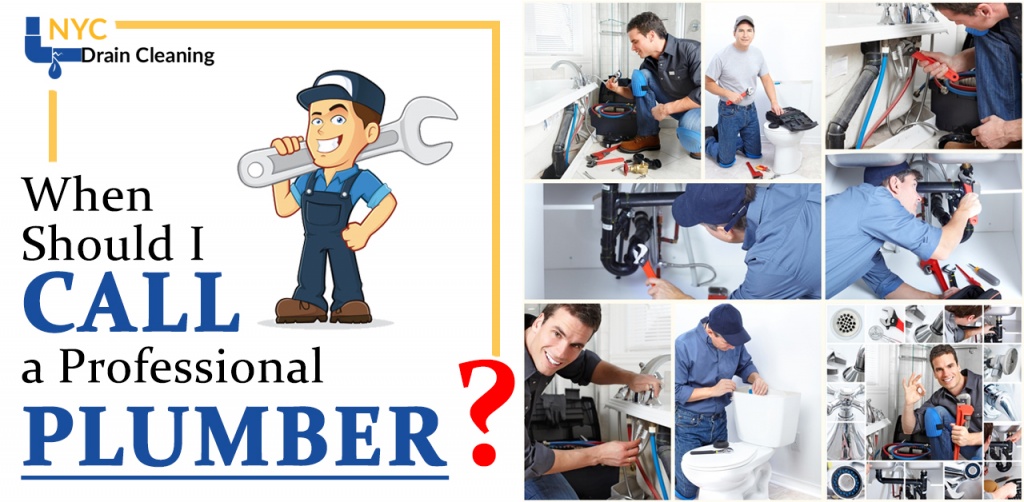If you're experiencing low water pressure in your kitchen sink, the first thing you should check is the aerator. This small device is attached to the end of the faucet and is responsible for mixing air with the water to create a smooth, consistent flow. Over time, mineral deposits and debris can clog the aerator, causing a decrease in water pressure. To check the aerator, simply unscrew it from the faucet and inspect it for any buildup. If there is buildup present, it's time to clean it.1. Check the aerator
To clean the aerator, soak it in a solution of equal parts water and vinegar for about an hour. This will help dissolve any mineral deposits and loosen any debris. After soaking, use a small brush or toothpick to gently scrub the aerator and remove any remaining buildup. Rinse it off with water and screw it back onto the faucet. This should improve the water pressure in your kitchen sink.2. Clean the aerator
If cleaning the aerator doesn't improve the water pressure, the next step is to check the water supply valve. This valve controls the flow of water to your sink and can sometimes become partially closed, causing a decrease in water pressure. Make sure the valve is fully open and check the water pressure again. If it's still low, move on to the next step.3. Check the water supply valve
Clogs in the pipes can also lead to low water pressure. To check for clogs, first turn off the water supply to your sink. Then, disconnect the pipes under the sink and inspect them for any blockages. Use a small brush or pipe cleaner to remove any debris or buildup. Reconnect the pipes and turn the water supply back on. Test the water pressure again to see if it has improved.4. Check for clogs in the pipes
If you have low water pressure throughout your entire home, the problem may be with the water pressure regulator. This device controls the overall water pressure in your home and can sometimes become faulty, leading to low water pressure. If you suspect this is the issue, it's best to call a professional plumber to inspect and potentially replace the water pressure regulator.5. Check the water pressure regulator
Leaks in the pipes can also cause low water pressure. Even a small leak can significantly decrease the amount of water reaching your kitchen sink. Check all the pipes under your sink and in the surrounding area for any leaks. If you find a leak, it's important to fix it as soon as possible to prevent further damage and improve your water pressure.6. Check for leaks in the pipes
If the low water pressure is only affecting your kitchen sink, it's worth checking the water pressure in other faucets to determine if it's a localized issue or a problem with the main water supply. If the water pressure is low in all faucets, the issue may be with the main supply and you should contact your water provider for assistance.7. Check the water pressure in other faucets
If you suspect the issue is with the main water supply, you can check the water pressure yourself. Using a pressure gauge, attach it to an outdoor faucet or the main water supply valve and turn on the water. The ideal water pressure for a home is between 40-60 psi. If the pressure is lower than this, there may be an issue with the main supply and you should contact your water provider.8. Check the water pressure from the main supply
If all else fails, it may be time to replace your kitchen faucet. Over time, faucets can become worn and may not be able to deliver the same water pressure as when they were new. Look for a high-quality faucet with good water pressure ratings to ensure a strong flow of water in your kitchen sink.9. Replace the faucet
If you've exhausted all troubleshooting steps and your kitchen sink still has low water pressure, it's best to call a professional plumber for assistance. They will have the necessary tools and expertise to diagnose and fix the issue, ensuring your kitchen sink has a strong and consistent flow of water. Don't let low water pressure in your kitchen sink be a constant frustration. By following these tips and troubleshooting steps, you can improve your water pressure and make your everyday tasks in the kitchen much easier. Remember to regularly clean your aerator and pipes to prevent buildup and maintain good water pressure. And if all else fails, don't hesitate to call a professional for help.10. Call a plumber for professional help
How to Improve Low Water Pressure in Your Kitchen Sink

Understanding the Cause of Low Water Pressure
 If you have noticed that the water pressure in your kitchen sink seems to be weaker than usual, there could be a few different reasons for this issue. Low water pressure can be caused by a variety of factors, such as clogged pipes, a faulty faucet, or a malfunctioning water pressure regulator. In some cases, the issue may be isolated to just your kitchen sink, while in others, it may affect all of the faucets in your house. Understanding the cause of your low water pressure is the first step in finding a solution.
If you have noticed that the water pressure in your kitchen sink seems to be weaker than usual, there could be a few different reasons for this issue. Low water pressure can be caused by a variety of factors, such as clogged pipes, a faulty faucet, or a malfunctioning water pressure regulator. In some cases, the issue may be isolated to just your kitchen sink, while in others, it may affect all of the faucets in your house. Understanding the cause of your low water pressure is the first step in finding a solution.
Check for Clogged Pipes
 One of the most common causes of low water pressure in a kitchen sink is clogged pipes. Over time, mineral deposits, debris, and other substances can build up in your pipes, restricting the flow of water. This can lead to decreased water pressure in your kitchen sink and other areas of your home. To check for clogged pipes, turn off the water supply to your kitchen sink and remove the faucet aerator. If you notice a build-up of sediment or debris, clean it out and reattach the aerator. This may help to improve your water pressure.
One of the most common causes of low water pressure in a kitchen sink is clogged pipes. Over time, mineral deposits, debris, and other substances can build up in your pipes, restricting the flow of water. This can lead to decreased water pressure in your kitchen sink and other areas of your home. To check for clogged pipes, turn off the water supply to your kitchen sink and remove the faucet aerator. If you notice a build-up of sediment or debris, clean it out and reattach the aerator. This may help to improve your water pressure.
Inspect Your Faucet
 Another potential cause of low water pressure in your kitchen sink is a faulty faucet. Over time, the internal parts of a faucet can wear out, leading to reduced water flow. If you have an older faucet, it may be time to replace it with a newer model. Alternatively, you can try cleaning and lubricating the internal parts of the faucet to see if that improves the water pressure.
Another potential cause of low water pressure in your kitchen sink is a faulty faucet. Over time, the internal parts of a faucet can wear out, leading to reduced water flow. If you have an older faucet, it may be time to replace it with a newer model. Alternatively, you can try cleaning and lubricating the internal parts of the faucet to see if that improves the water pressure.
Check the Water Pressure Regulator
 If the water pressure in your entire house is low, the issue may be with the water pressure regulator. This device is responsible for regulating the water pressure coming into your home. If it is not functioning properly, it can lead to low water pressure throughout your house. If you suspect this may be the issue, it is best to call a professional plumber to inspect and potentially replace the water pressure regulator.
If the water pressure in your entire house is low, the issue may be with the water pressure regulator. This device is responsible for regulating the water pressure coming into your home. If it is not functioning properly, it can lead to low water pressure throughout your house. If you suspect this may be the issue, it is best to call a professional plumber to inspect and potentially replace the water pressure regulator.
Consider Installing a Water Pressure Booster
 If all else fails, you may want to consider installing a water pressure booster. This device works by increasing the pressure of the water as it flows through your pipes, resulting in higher water pressure at your kitchen sink and throughout your home. However, this solution can be costly and may require the assistance of a professional plumber.
In conclusion, low water pressure in your kitchen sink can be a frustrating problem to deal with. By understanding the potential causes and solutions, you can take the necessary steps to improve your water pressure and make your daily tasks in the kitchen much easier. If you are unsure about the cause of your low water pressure, it is always best to consult a professional plumber for assistance.
If all else fails, you may want to consider installing a water pressure booster. This device works by increasing the pressure of the water as it flows through your pipes, resulting in higher water pressure at your kitchen sink and throughout your home. However, this solution can be costly and may require the assistance of a professional plumber.
In conclusion, low water pressure in your kitchen sink can be a frustrating problem to deal with. By understanding the potential causes and solutions, you can take the necessary steps to improve your water pressure and make your daily tasks in the kitchen much easier. If you are unsure about the cause of your low water pressure, it is always best to consult a professional plumber for assistance.
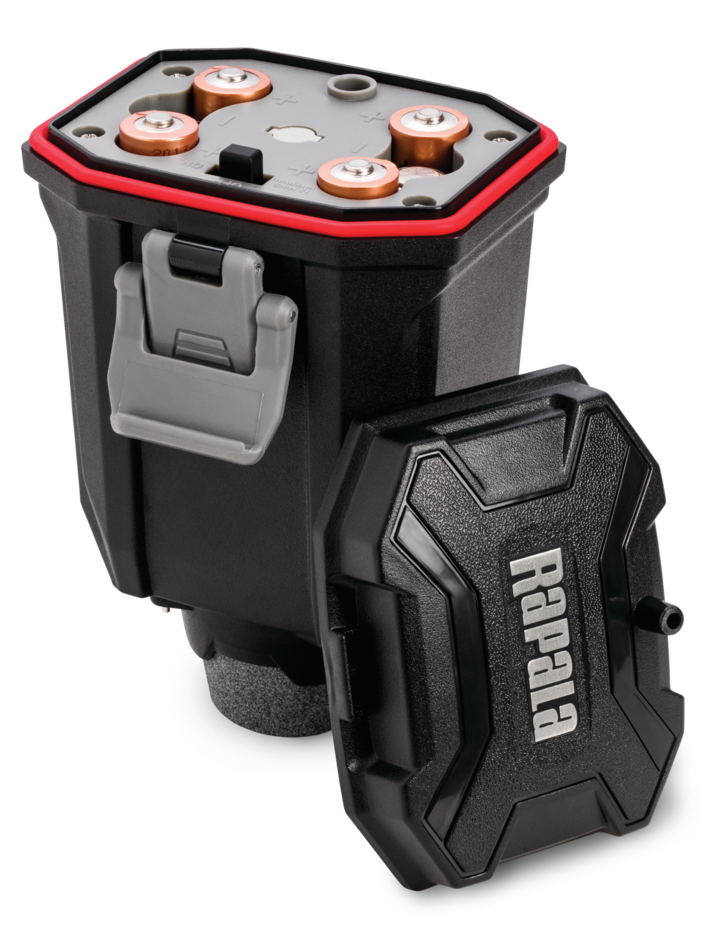






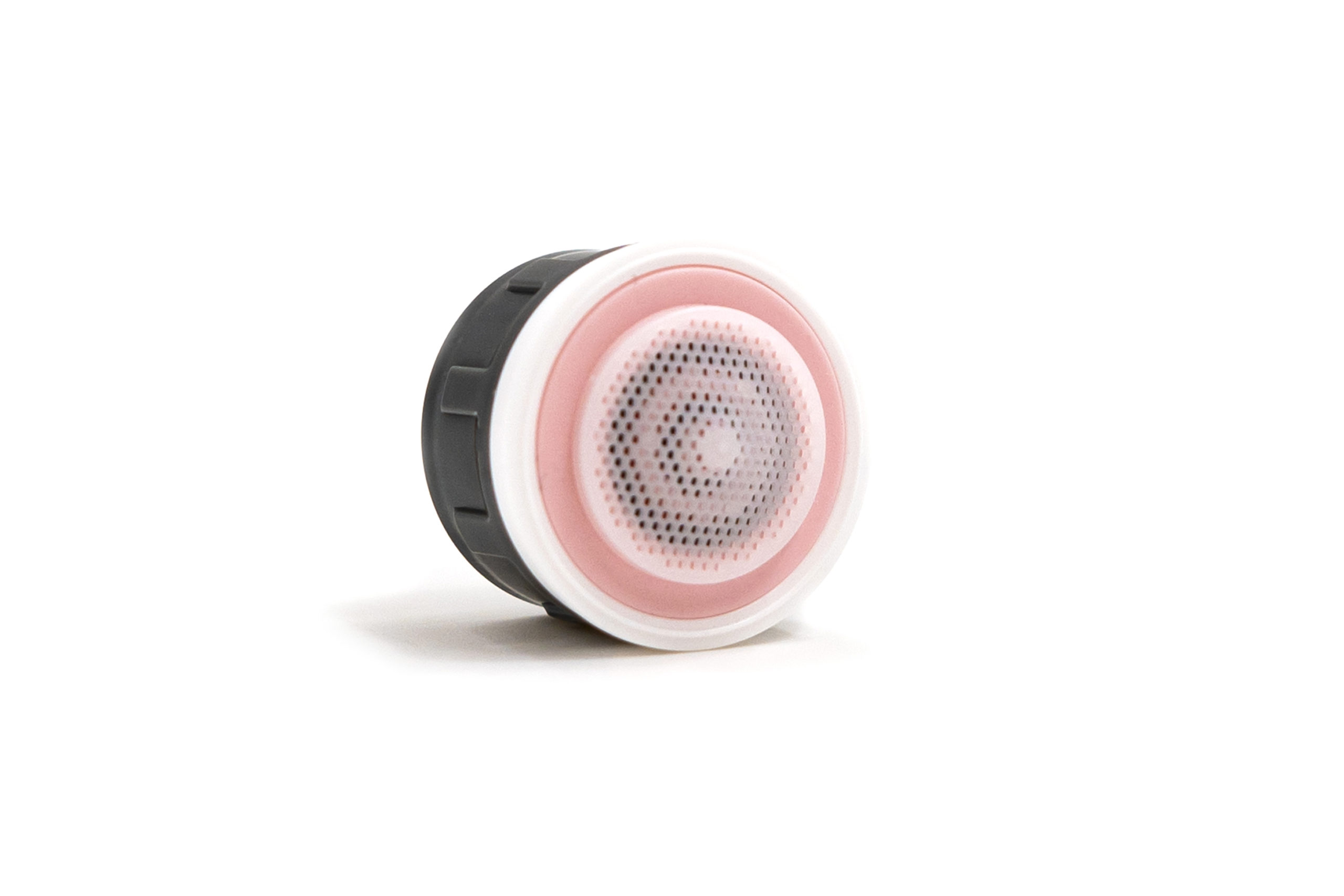











:max_bytes(150000):strip_icc()/clearing-a-blocked-faucet-aerator-2718807-07-b5a90554991f4bb69efb45a472df7f23.jpg)

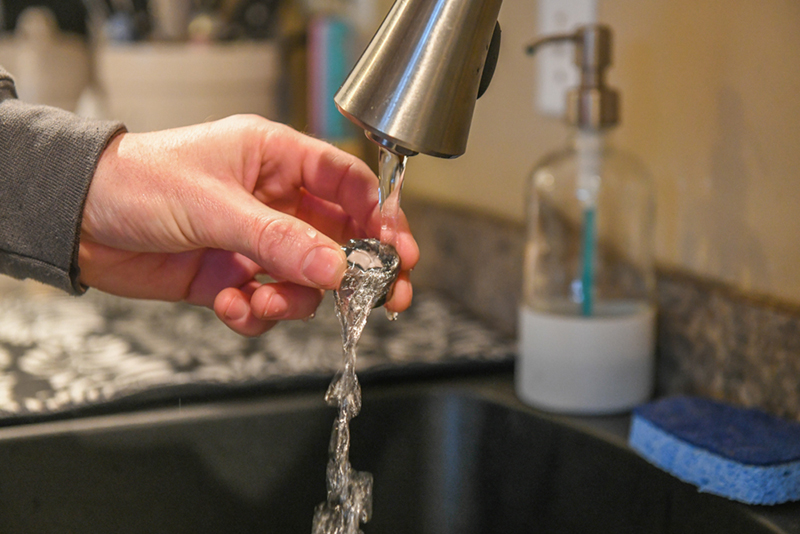









:max_bytes(150000):strip_icc()/GettyImages-1057621140-78ab2e946841421d9a7efeebe02935d2.jpg)















/testing-water-pressure-in-your-home-2718692-hero-98f45508ca5d44b6b551034ac5cedab5.jpg)


:max_bytes(150000):strip_icc()/the-men-s-hand-opens-the-ball-valve-on-the-collector-1006810456-5c5fc73fc9e77c000159c4af.jpg)

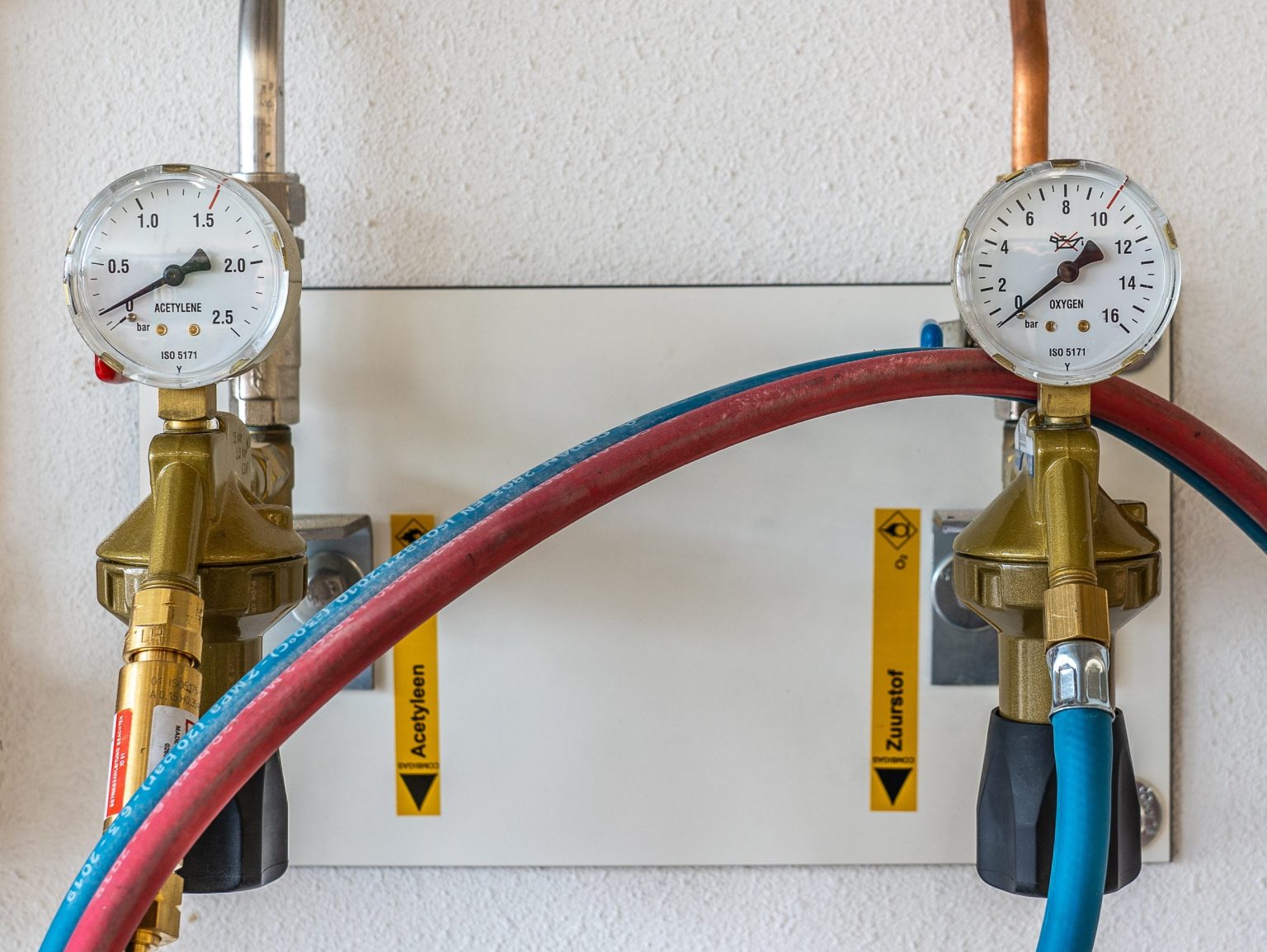
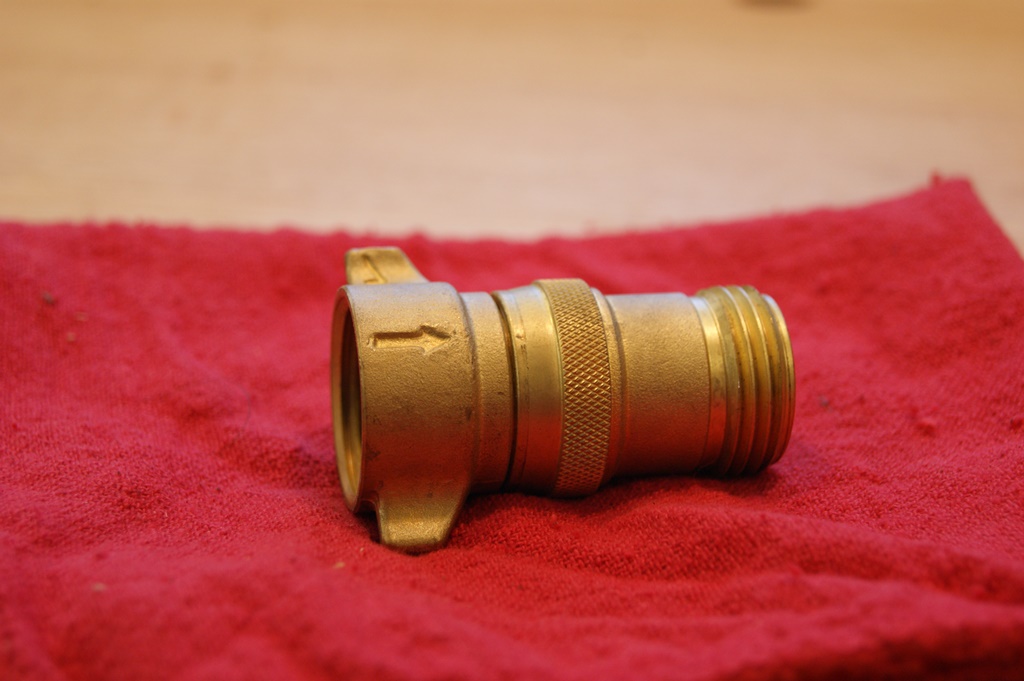







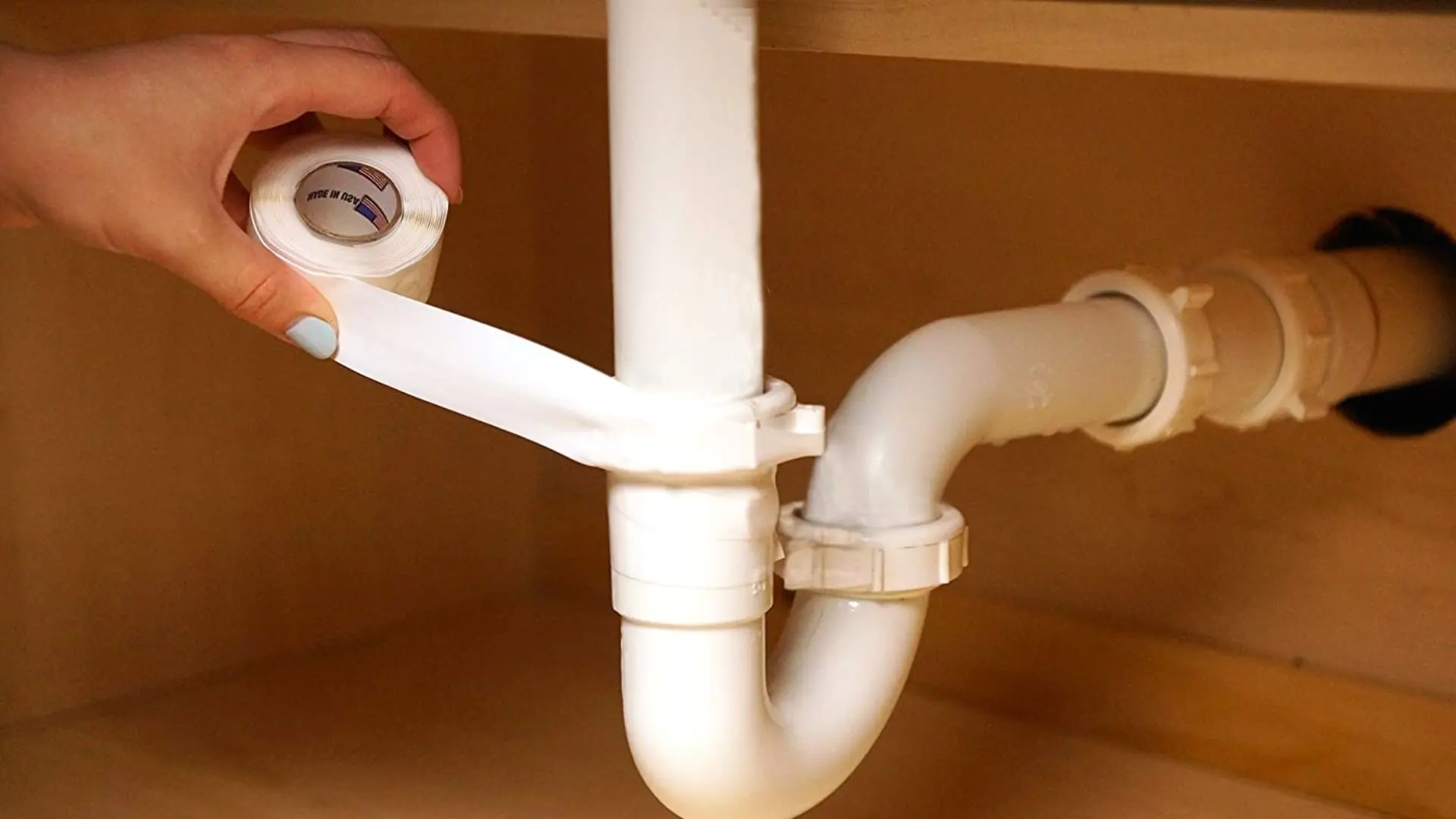














:max_bytes(150000):strip_icc()/testing-water-pressure-in-your-home-2718692-04-c37ab3236d0d4b61b87079ebf9ef823e-c1e1ef0104fb44778a287bd9bb5ec140.jpeg)
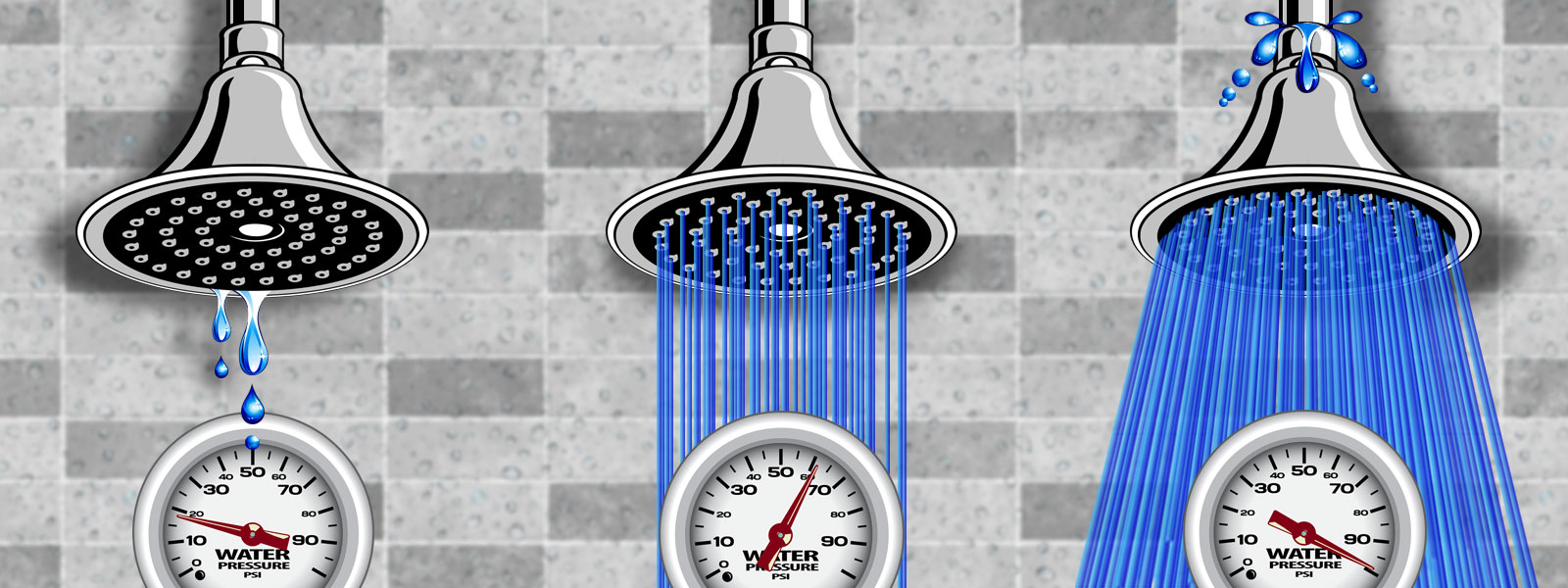








:max_bytes(150000):strip_icc()/testing-water-pressure-in-your-home-2718692-hero-98f45508ca5d44b6b551034ac5cedab5.jpg)



















